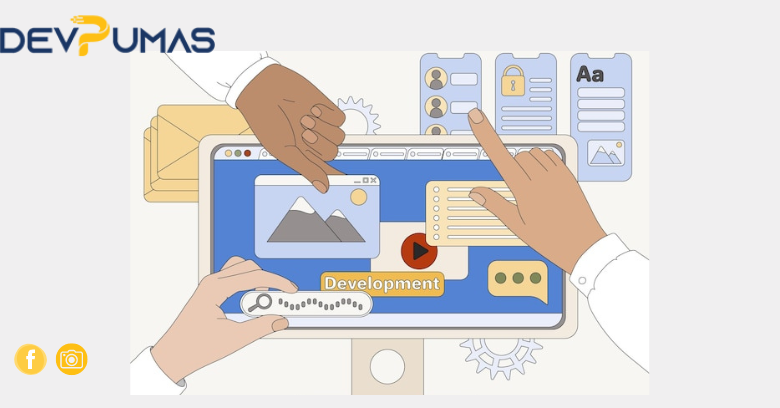In today’s digital age, ensuring that websites are accessible to all users is not just a legal requirement but also a moral obligation. The principle of “Accessibility First” in web design emphasizes creating inclusive web experiences that cater to people with diverse abilities. This article explores the importance of accessibility, key practices for designing inclusive web experiences, and tools to help developers implement these practices effectively.
Why Accessibility First Web Design Matters
Enhancing User Experience
An “Accessibility First Web” approach ensures that websites are usable by everyone, including people with disabilities. This not only enhances the user experience for a broader audience but also boosts user satisfaction and engagement.
Legal Compliance
Various laws and regulations, such as the Americans with Disabilities Act (ADA) and the Web Content Accessibility Guidelines (WCAG), mandate that websites be accessible. Adhering to these standards helps organizations avoid legal repercussions.
Expanding Market Reach
By making websites accessible, businesses can tap into a larger market segment. According to the World Health Organization, over a billion people, or 15% of the world’s population, live with some form of disability. An accessible website can attract and retain this significant user base.
Key Practices for Designing Inclusive Web Experiences
Use Semantic HTML
Using semantic HTML elements such as <header>, <main>, <article>, and <footer> helps screen readers and other assistive technologies understand the structure of the web page. This improves navigation and access to content for users with disabilities.
Provide Text Alternatives
Ensure that all non-text content, like images, videos, and audio files, have text alternatives. Use alt attributes for images, provide transcripts for audio, and caption videos. This allows users who rely on screen readers to access the information conveyed through these media.
Ensure Keyboard Accessibility
Many users with disabilities navigate websites using keyboards rather than a mouse. Make sure that all interactive elements, such as links, buttons, and form fields, are accessible via keyboard. This can be tested by navigating through the site using the Tab key.
Implement ARIA Landmarks
Accessible Rich Internet Applications (ARIA) landmarks help define regions of a page, such as navigation menus, main content areas, and footers. Using ARIA roles and landmarks makes it easier for assistive technologies to navigate and interpret web content.
Design for Color Contrast
High color contrast between text and background is crucial for users with visual impairments. WCAG recommends a minimum contrast ratio of 4.5:1 for regular text and 3:1 for large text. Use tools like the Color Contrast Analyzer to ensure compliance.
Test with Screen Readers
Testing your website with screen readers such as JAWS, NVDA, or VoiceOver helps identify accessibility issues that may not be apparent through visual inspection alone. Regular testing ensures that content is accessible to users who rely on these technologies.
Tools for Implementing Accessibility
WAVE (Web Accessibility Evaluation Tool)
WAVE is a powerful tool for evaluating the accessibility of web pages. It provides visual feedback on the accessibility of your content by highlighting issues and offering suggestions for improvement.
AXE Accessibility Checker
AXE is a browser extension that automatically checks for accessibility issues and provides detailed reports. It’s a valuable tool for developers looking to incorporate accessibility checks into their workflow.
Lighthouse
Lighthouse is an open-source tool from Google that audits web pages for performance, SEO, and accessibility. It provides actionable insights and recommendations for improving web accessibility.
Conclusion
Embracing the “Accessibility First Web” approach in designing inclusive web experiences is essential for reaching a diverse audience and ensuring that everyone can access and benefit from digital content. By implementing best practices such as using semantic HTML, providing text alternatives, ensuring keyboard accessibility, and testing with screen readers, developers can create websites that are not only compliant with accessibility standards but also provide a superior user experience for all users.
Making accessibility a priority in web design is not just about meeting legal requirements; it’s about fostering an inclusive digital environment where everyone can thrive. By leveraging the right tools and adhering to accessibility guidelines, developers can contribute to a more accessible and equitable web for all.




